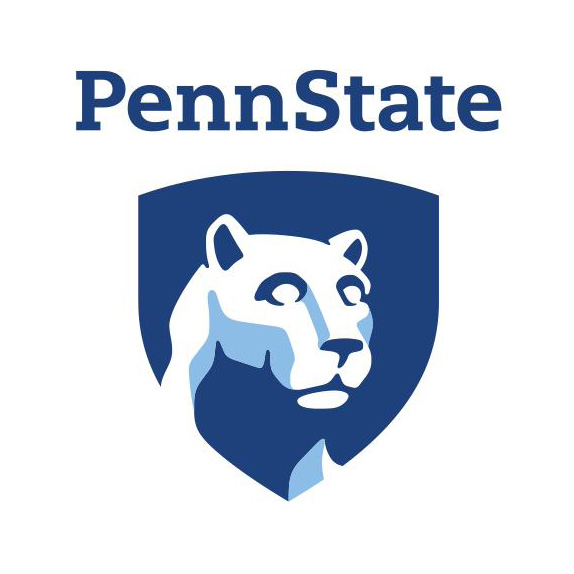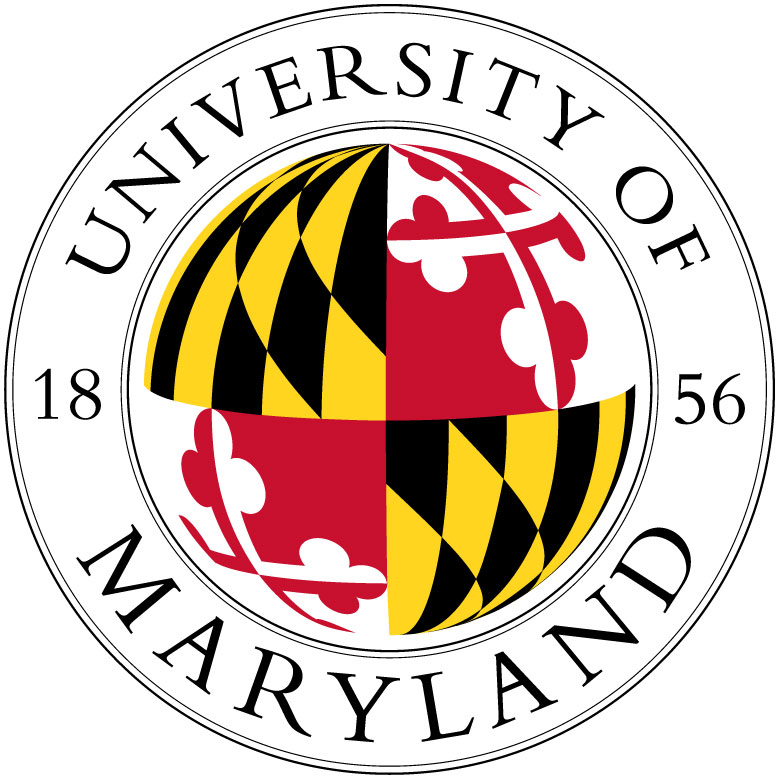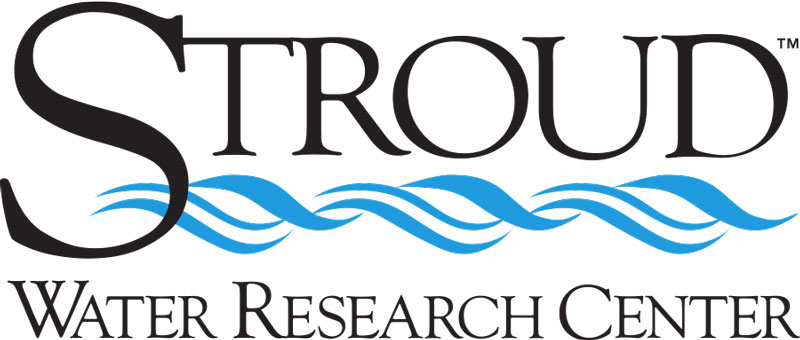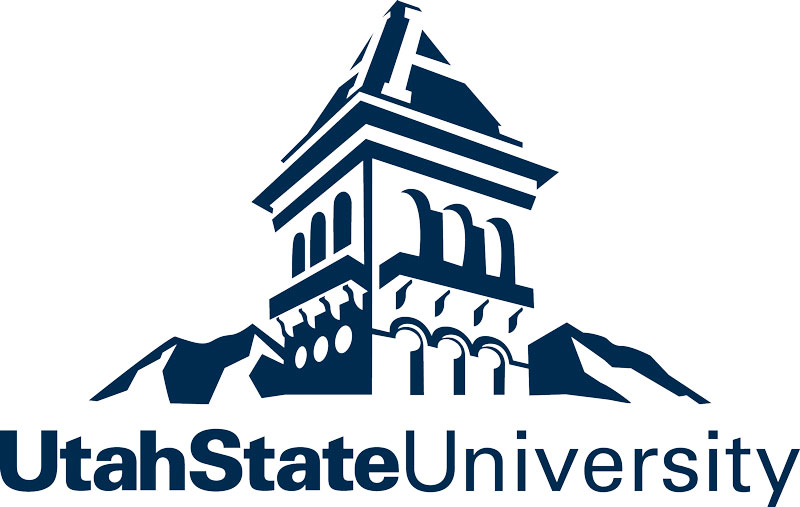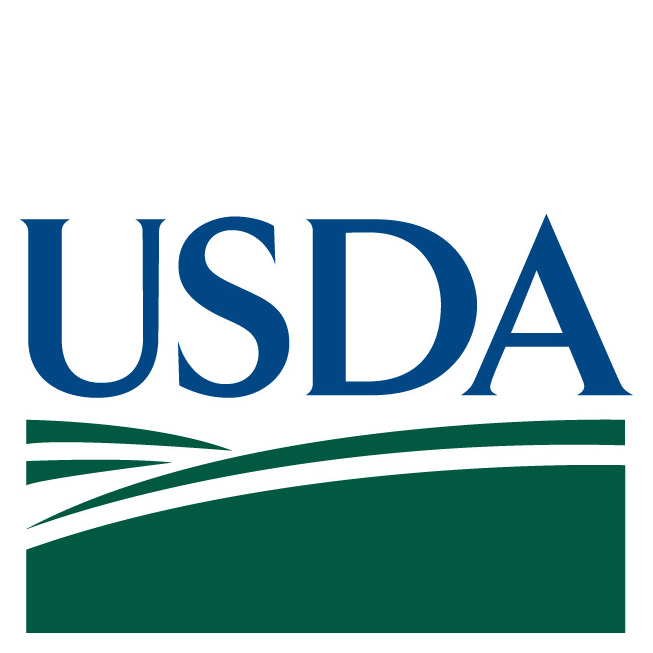Mission
The central hypothesis of the Thriving Ag project is that value-added agriculture of the kind required to be economically sustainable in urbanized landscapes can be achieved while enhancing ecosystem services. The mission of the project is to make this hypothesis a reality within the next 25 years, using the Chesapeake Bay watershed as a case study translatable to other urbanized landscapes.
Project Overview
This 5-year, $9 million project funded by USDA’s National Institute of Food and Agriculture (NIFA) is working to create economically thriving and environmentally beneficial agricultural systems in urbanized landscapes. These agricultural systems are located in metropolitan counties and in non-metropolitan counties adjacent to metro areas, and are vital to the sustainability of U.S. agriculture. Over 60% of U.S. net farm income comes from these urbanized landscapes.
Communities and consumers in urbanized landscapes value agriculture for locally produced foods, open space and scenery amenities, recreational opportunities such as agritourism, and wildlife habitats. However, the economic and environmental sustainability of agricultural systems in urbanized landscapes is threatened by intensifying competition for land, labor, and water from urban growth and sprawl, and by water pollution, livestock odors, pests, and dust from agricultural activities.
Through close engagement and co-learning with stakeholders in the Chesapeake Bay watershed, the Thriving Ag project is developing and disseminating new technologies, management strategies, and tools for public policy-makers to achieve the long-term goal of creating economically thriving and environmentally beneficial agricultural systems in urbanized landscapes.
The Thriving Ag project is a collaborative effort involving researchers, educators, and outreach specialists at Penn State, the University of Maryland, Ohio State, Virginia Tech, and the Stroud Water Research Center, and members of the project’s Stakeholder Advisory Board.
Project Objectives
The project consists of four major objectives and sixteen task teams that are working toward accomplishing those objectives.
Click here for a visual breakdown of our project objectives and task teams.
Broadly, our project objectives are:
Objective 1. (Years 1–5): Engage closely with stakeholders using a shared discovery framework to envision desired 25-year futures for agricultural systems in urbanized landscapes that are economically sustainable while enhancing ecosystem services. Conduct scenario-building exercises with stakeholders to identify how agriculture in urbanized areas may evolve over the next 25 years if current trends continue; how agriculture in urbanized areas would need to evolve to realize the desired futures envisioned by stakeholders; and the technologies, markets, and public policies that could help make the desired futures a reality. Expected outcomes include rapid uptake of the project’s research outputs because they will address identified present-day needs and desired futures. This objective is organized into Tasks 1–4.
Objectives 2 and 3. (Years 1–5): Carry out iterative research processes on markets and supply chains for productivity gains (Objective 2) and tools, models, and analyses to improve total factor productivity (TFP) and nutrient use efficiency (NUE) (Objective 3). Examine the recommended technologies, management strategies, and tools for policy-makers coming out of the scenario-building exercises through modelling, experiments, surveys, and demonstrations; bring the results to stakeholders to evaluate; and carry out additional research work based on feedback from stakeholders. Expected outcomes include research outputs that meet user needs and are ready for immediate use rather than requiring considerable adaptation by end users. These objectives are organized into Tasks 5–6 for Objective 2 and Tasks 7–13 for Objective 3.
Objective 4. (Years 3-5): Implement education, outreach, and evaluation plans to spur adoption. In consultation with stakeholders, develop and offer workshops for policy-makers and businesses along the supply chain for food products; online undergraduate and graduate courses to disseminate project methods and findings; outreach and extension programs creating a community of practice on agriculture in urbanized landscapes; and a rigorous external evaluation to provide ongoing feedback to allow the project team to adjust their efforts to better align with project objectives. Expected outcomes include pathways for continued use and further development of the project’s research, outreach, and education outputs after the 5-year funding period ends, throughout the next 25 years. This objective includes Tasks 14–16.
Outreach and Research Projects Per Task Team
| Task(s) | Team Members | Link to Research/Outreach Project |
|---|---|---|
| Tasks 1 & 2 | Matt Ehrhart and Matt Royer | Scenario Building with Project Stakeholders |
| Tasks 3 & 4 | Nancy Nunn, Dave Abler, Lisa Wainger, and Jim Shortle | Networks of Engaged Stakeholders and Workshops with Stakeholder Users |
| Task 5 | Ted Jaenicke, Yizao Liu, Josh Reed, and Chiu-Lin (Julin) Huang | Market Analysis for Local and Organic Products |
| Task 6 | Terry Harrison, Jay Eury, Jim Ladlee, and Cristy Schmidt | Blockchain Technology to Expand Markets for Value-Added Products |
| Task 7 | Wade Thomason, Unius Arinaitwe, and Soni Ghimire | Nutrient Cycling from Cover Crops to Field Corn |
| Tasks 7 & 12 | Charlie White, Zack Sanders, Raziel Ordonez, Zoelie Rivera-Ocasio, and Andrew Lefever | Functioning Adaptive Management Site and New Nitrogen Fertilizer Recommendation Framework |
| Tasks 7 & 12 | Ray Weil, Qianyao Si, Melissa Stefun, and Vivian Owens | Soil Health and Nutrient Flows with Enhanced Cover Cropping and Soil Management |
| Task 8 | Cibin Raj and Marali Kalra | Watershed-Scale Nutrient Management Tools |
| Task 9 | Dan Read, Lisa Wainger, Jim Shortle, Nancy Nunn, Anil Kumar Chaudhary, and Kate Everts | Collaborating for Effective Agricultural Technical Assistance |
| Task 10 | Caitlin Grady and Paniz Mohammadpour | Regional-Scale Nutrient Flow Analysis |
| Task 11 | Allen Klaiber, Doug Wrenn, Jim Shortle, Junyi Hua, and Charlotte Wachter | Land-Use Modelling |
| Task 12 | Jason Kaye, Brosi Bradley, Whitney Lisenbee, and Madeline Luthard | Cover Crop Species Selection Trial |
| Task 12 | Gurpal Toor and Bradley Kennedy | Field Catchment Sites: Reducing Both Nitrogen and Phosphorus Loading |
| Task 13 | Darrell Bosch, Jim Shortle, Wei Zhang, Dave Abler, Nate Hu, Sadikshya Sharma, Asif Rasool, Zeya Zhang, and Xuetao Huang | Economic Simulations and Modelling |
| Tasks 14 & 15 | Anil Kumar Chaudhary, Parmveer Singh, Sharmistha Basak | Education and Extension Plans |
| Task 16 | Jessica Schad and Edem Avemegah | External Evaluation |

